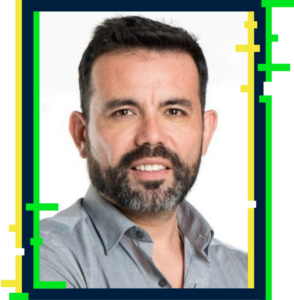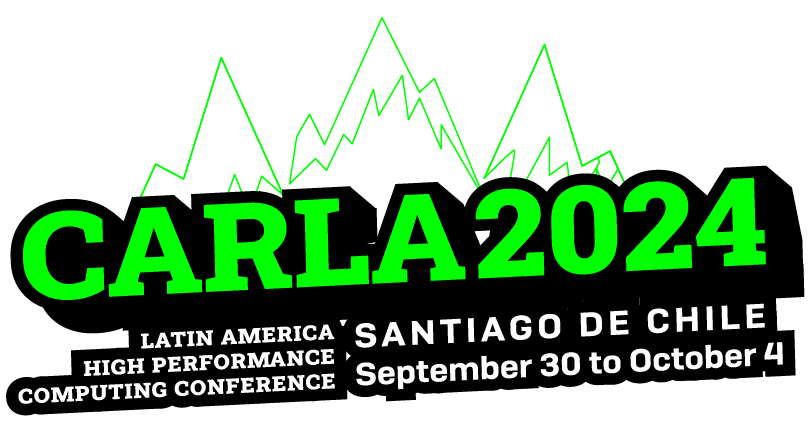
Alvaro Muñoz-Castro
Affiliation: Universidad San Sebastián
Country: Chile
Abstract
The seminal concept of chemical bond¹ dates back more than a century ago, being the central concept in the formation of molecular structures from individual atoms. Interestingly, such a notion of a chemical bond involves the interaction between orbitals of separated nuclei with different origins at a fixed distance. Herein, we discuss modern aspects of chemical bonding in inorganic systems, opening a novel notion of the versatility of this concept by introducing the Concentric Bond along the superatom approach², involving the interaction of orbitals that remain coincident with a common origin. In addition, the role of the bond variation at optically excited states as a key factor in luminescent properties is discussed.
These non-classical features are discussed in ligand-protected gold clusters, which enables a further rationalization of their electronic structures and luminescent properties with successful predictions, which can be employed to envisage molecular materials based on individual building blocks. The intercluster bonding is discussed, involving 1S and 1P superatomic shells and 8- cluster electron centers, is discussed,³ showing single, double, and aromatic bonds, in addition to a hypothetical example for a triple bond and eclipsed- /staggered isomerism.⁴ ⁵ Moreover, bonding in 1D-shell based superatoms is discussed ⁶, featuring multiple 1D≡1D bonding in the Au22 (dppp) cluster⁷, and, analog to the classic Ni(CO)4 18-electron organometallic compound⁸.
In addition, the three-dimensional aggregation of superatoms reveals the possibility of extending the superatom approach to higher-order superatom structures,⁹ enabling further exploration of larger clusters.
Figure 1. Schematic representation of fused polyhedral.

References:
- D. M. P. Mingos, The Chemical Bond I, Springer International Publishing, Cham, 2016, vol. 169.
- T. Tsukuda and H. Häkkinen, Protected Metal Clusters: From Fundamentals to Applications, Elsevier, 2015.
- A. Muñoz-Castro, Chem. Commun., 2019, 55, 7307–7310. 4
- A. Muñoz-Castro, Chem. Sci., 2014, 5, 4749–4754.
- L. G. Perla, A. Muñoz-Castro and S. C. Sevov, J. Am. Chem. Soc., 2017, 139, 15176–15181.
- A. Muñoz-Castro, Phys. Chem. Chem. Phys., 2020, 22, 1422–1426.
- J. Chen, Q.-F. Zhang, T. A. Bonaccorso, P. G. Williard and L.-S. Wang, J. Am. Chem. Soc., 2014, 136, 92–95.
- A. Muñoz-Castro, Zeitschrift für Anorg. und Allg. Chemie, 2021, 647, 1819–1823.
- A. Muñoz-Castro, Dalt. Trans., 2023, 52, 17696–17700.
Bio
Dr. Alvaro Muñoz-Castro, chemist from Pontificia Universidad Católica de Chile, received his Ph.D. degree in Molecular Physical-Chemistry at Universidad Andres Bello, Chile, under the direction of Ramiro Arratia-Pérez in relativistic computational chemistry of inorganic species. Currently, he is a full-time professor at Universidad San Sebastián, Chile. His research interests range from molecular clusters and superatoms, endohedral metallofullerenes, host guest species, and carbon nanostructures, involving the understanding of magnetic response, optical, luminescent, electron- delocalization, and structural properties. He is part of the international advisory editorial board from ChemPhysChem and part of the LatinXChem initiative. His achievements have been recorded to date in more than 290 publications and four book chapters, with four supervised Ph.D. theses, being part of strong national and international networks.
More info: http://www.amclab.cl
